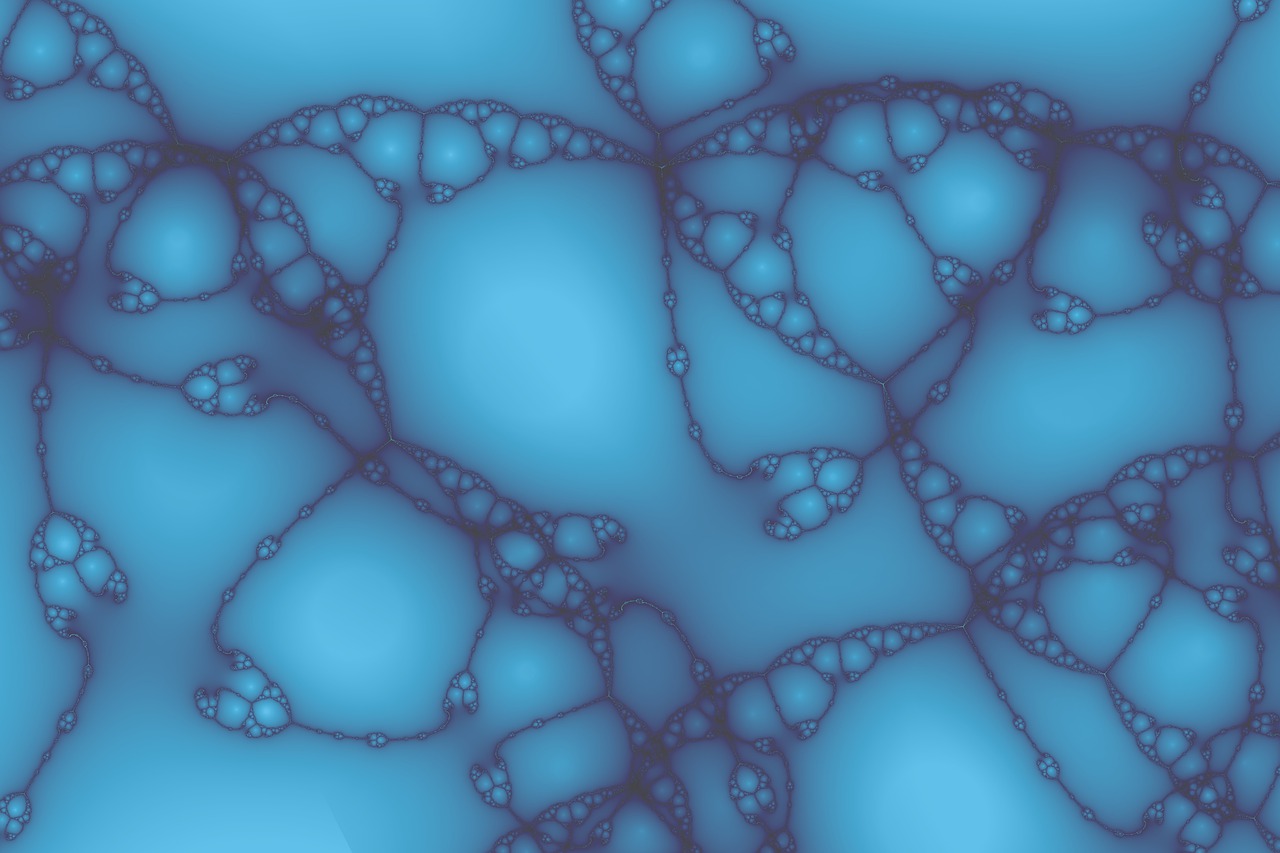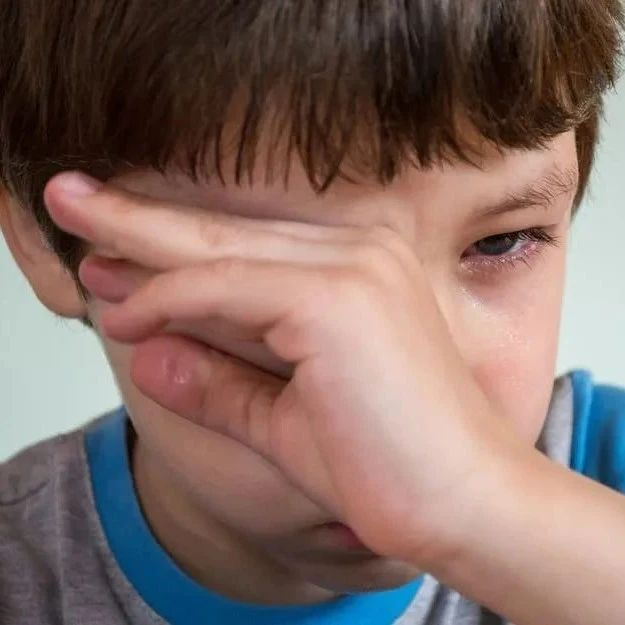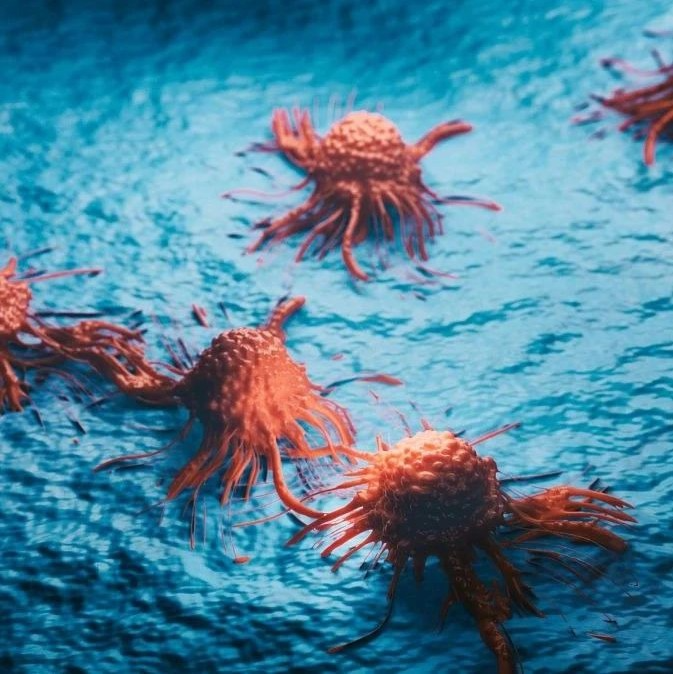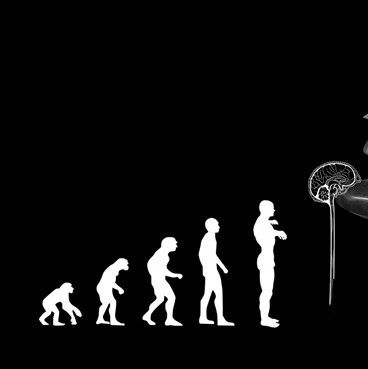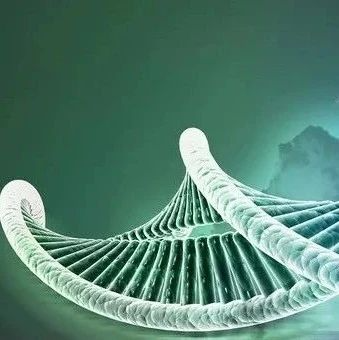测序人类体虱以及在其内体共生的细菌的遗传编码有可能让科学家开发出针对这种昆虫寄生虫的改良的杀虫剂和驱虫剂。这组作者提取了来自100多个人类体虱的DNA并对体虱和Riesia菌的基因组进行了测序。后者是这种虱的消化道中的一种关键细菌,它分泌营养物质作为体虱的食物——人血的补充物质。这组科学家报告说,体虱基因组——它是已知最小的昆虫基因组——比其他昆虫基因组包含的与环境感知和响应有关的基因(包括那些为嗅觉和味觉感受器以及解毒酶编码的基因)更少。这项分析还表明Riesia细菌缺乏抵抗抗生素的基因。此前的研究提示,人类体虱(Pediculus humanus humanus)是从头虱进化而来的,而且已知能够携带和传播人类疾病,包括斑疹伤寒和战壕热。这组作者提出,该研究可能帮助科学家利用这种虱的独特基因属性——诸如其有限的嗅觉能力——从而开发出消灭这种害虫的方法。
论文 #10-03379: "Genome sequences of the human body louse and its primary endosymbiont provide insights into the permanent parasitic lifestyle," 作者 Ewen F. Kirkness, Brian J. Haas, Weilin Sun, Henk R. Braig, M. Alejandra Perotti, John M. Clark, Si Hyeock Lee, Hugh M. Robertson, Ryan C. Kennedy, Eran Elhaik等人。
媒体联系人:Barry Pittendrigh,伊利诺伊大学香槟分校昆虫学系
Department of Entomology, University of Illinois at Urbana-Champaign, Urbana, IL
电话:217-333-7784
电子邮件:bpittend@illinois.edu
Published online before print June 21, 2010, doi: 10.1073/pnas.1003379107
Genome sequences of the human body louse and its primary endosymbiont provide insights into the permanent parasitic lifestyle
英文全文下载:点击下载PDF
Ewen F. Kirknessa,1, Brian J. Haasa,2, Weilin Sunb, Henk R. Braigc, M. Alejandra Perottid, John M. Clarke, Si Hyeock Leef, Hugh M. Robertsonb, Ryan C. Kennedyg,h, Eran Elhaiki, Daniel Gerlachj,k, Evgenia V. Kriventsevaj,k, Christine G. Elsikl,3, Dan Grauri, Catherine A. Hillm, Jan A. Veenstran, Brian Walenza, José Manuel C. Tubíoo, José M. C. Ribeirop, Julio Rozasq, J. Spencer Johnstonr, Justin T. Reesel, Aleksandar Popadics, Marta Tojot, Didier Raoultu, David L. Reedv, Yoshinori Tomoyasuw,4, Emily Krausew, Omprakash Mittapallix, Venu M. Margamm, Hong-Mei Lib, Jason M. Meyerm, Reed M. Johnsonb, Jeanne Romero-Seversong,y, Janice Pagel VanZeem, David Alvarez-Ponceq, Filipe G. Vieiraq, Montserrat Aguadéq, Sara Guirao-Ricoq, Juan M. Anzolal, Kyong S. Yoone, Joseph P. Strycharze, Maria F. Ungerg,y, Scott Christleyg,h, Neil F. Lobog,y, Manfredo J. Seufferheldz, NaiKuan Wangaa, Gregory A. Daschbb, Claudio J. Struchinercc, Greg Madeyg,h, Linda I. Hannicka, Shelby Bidwella, Vinita Joardara, Elisabet Calera, Renfu Shaodd, Stephen C. Barkerdd, Stephen Cameronee, Robert V. Bruggnerg,h, Allison Regierg,h, Justin Johnsona, Lakshmi Viswanathana, Terry R. Utterbacka, Granger G. Suttona, Daniel Lawsonff, Robert M. Waterhousej,k, J. Craig Ventera, Robert L. Strausberga, May R. Berenbaumb, Frank H. Collinsg,y, Evgeny M. Zdobnovj,k,gg,1, and Barry R. Pittendrighb,1,5
Abstract
As an obligatory parasite of humans, the body louse (Pediculus humanus humanus) is an important vector for human diseases, including epidemic typhus, relapsing fever, and trench fever. Here, we present genome sequences of the body louse and its primary bacterial endosymbiont Candidatus Riesia pediculicola. The body louse has the smallest known insect genome, spanning 108 Mb. Despite its status as an obligate parasite, it retains a remarkably complete basal insect repertoire of 10,773 protein-coding genes and 57 microRNAs. Representing hemimetabolous insects, the genome of the body louse thus provides a reference for studies of holometabolous insects. Compared with other insect genomes, the body louse genome contains significantly fewer genes associated with environmental sensing and response, including odorant and gustatory receptors and detoxifying enzymes. The unique architecture of the 18 minicircular mitochondrial chromosomes of the body louse may be linked to the loss of the gene encoding the mitochondrial single-stranded DNA binding protein. The genome of the obligatory louse endosymbiont Candidatus Riesia pediculicola encodes less than 600 genes on a short, linear chromosome and a circular plasmid. The plasmid harbors a unique arrangement of genes required for the synthesis of pantothenate, an essential vitamin deficient in the louse diet. The human body louse, its primary endosymbiont, and the bacterial pathogens that it vectors all possess genomes reduced in size compared with their free-living close relatives. Thus, the body louse genome project offers unique information and tools to use in advancing understanding of coevolution among vectors, symbionts, and pathogens.


